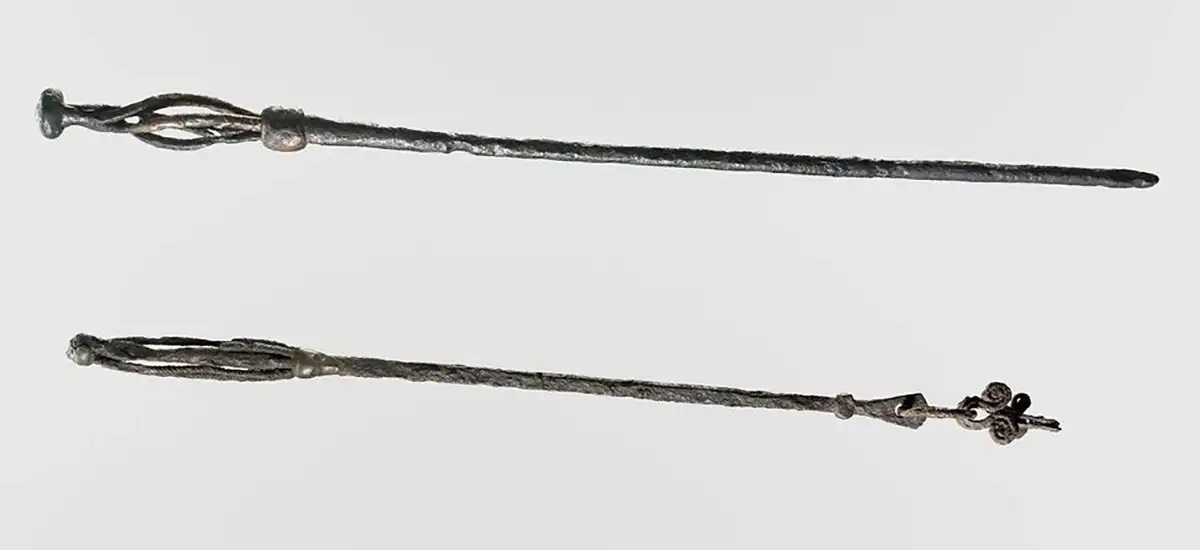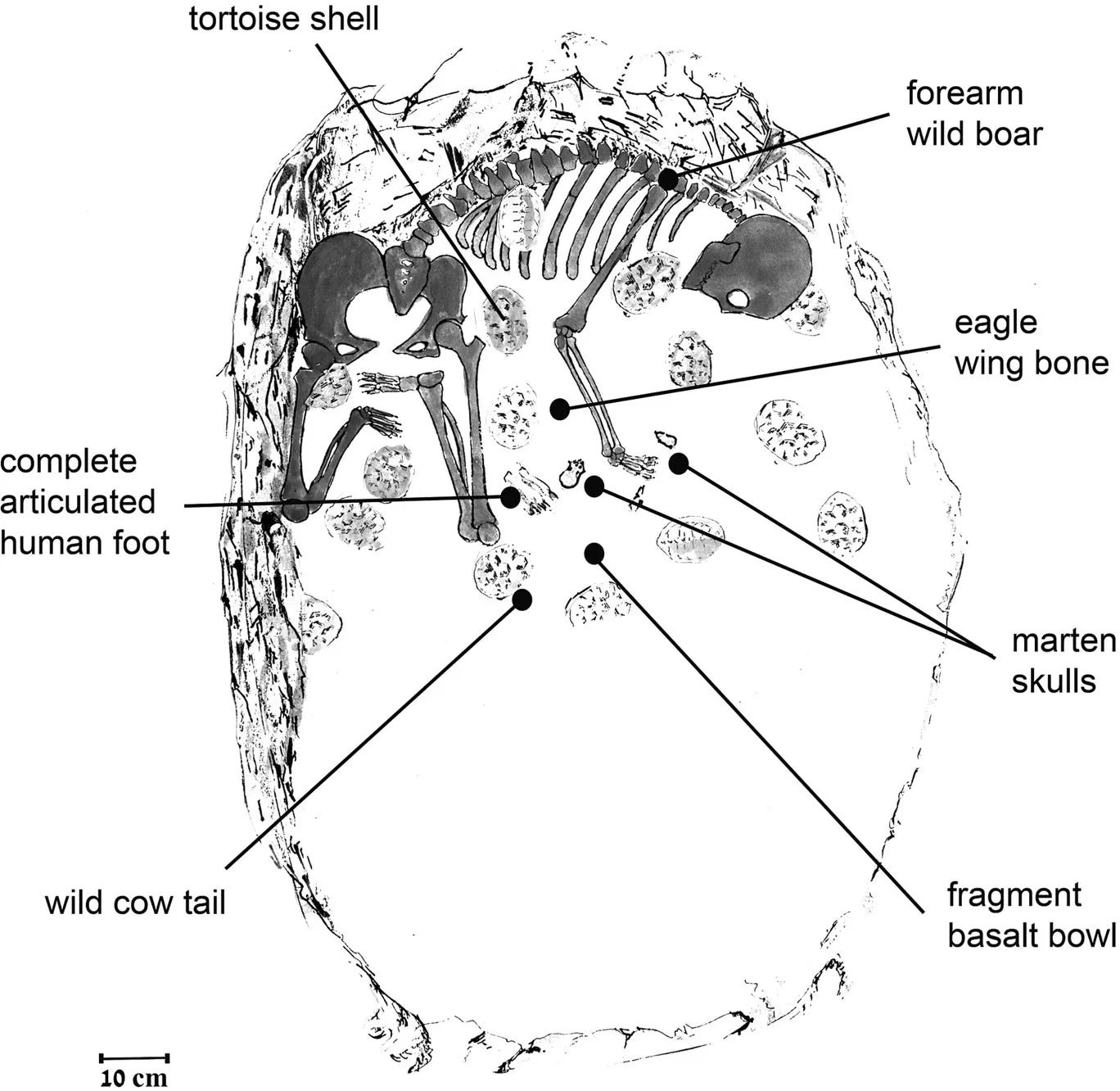Hi Dear Community,
Hope you are well out there. I have been busy organizing a lot of the research and storytelling around Shamanism, to weave together the themes and deeper dives as we look to certain cultures. However, rather than delaying further, I want to share this Introduction to Female Shamanic Economic Liberation through the lens of several cultures… from the Inuit, to Korean, Viking and The Natufians.
Shamanic Economics
The way shamans get sustenance and take part in everyday life varies across cultures. In many Inuit groups, they provide services for the community and get a "due payment", and believe the payment is given to the helping spirits. An account states that the gifts and payments that a shaman receives are given by his partner spirit. Since it obliges the shaman to use his gift and to work regularly in this capacity, the spirit rewards him with the goods that it receives.
I heard of a similar notion with the Sangoma tradition from South Africa, as I sat in ceremony with a friend, and Sangoma Priestess, Makhosi Gogo Thule in 2015. Gogo Thule explained that the financial payment, along with the offerings made, were primarily for her ancestor spirits to feel recognized, to be able to support her to carry out the ceremonial process.
Female Economic Liberation

‘Due to the predominant number of female shamans over males, shamanism was and continues to be an integral part of women’s economic liberation. Shamanism often serves as an economic resource due to the requirement of payment for service. This economic revenue was vital for female shamans, especially those living during the Chosun Dynasty in Korea (1392–1910 A.D.). In a culture that disapproved of female economic autonomy, the practice of shamanism allowed women to advance themselves financially and independently, in a way that had not been possible for them before’1
Völva in Viking times

Shamans in the Viking world were called “Volva,” and were primarily women. This name means “wand-wed.” They were known as seeresses that could often travel independently, and amass wealth, which was unique for that time for women.

Völva burials have been found all over Scandinavia, and many were discovered with possessions of significant value which suggests that they were considered important and of high status.
One famous burial of a Volva is the 9th-century woman at Fyrkat in Oland, Sweden
‘She wore a blue and red dress with gold thread, reminiscent of that described in the Saga of Erik the Red. She was also buried with a wand or distaff, 82 cm (32 inches) long, made of iron, and decorated with bronze details. She wore several silver toe rings, which were unusual among the Vikings.
Other pieces buried with her seem to be indicative of her practice. She had a small silver amulet in the form of a chair. This would seem to reflect the chair on which the Volva sat to deliver their prophecies.
She had a silver brooch plated in gold that contained white lead powder, which is toxic. It may have been used in certain rituals. She also had a small purse containing poisonous henbane seeds. When rubbed onto the skin as a salve, these can cause hallucinations. She also had bowls, animal bones, and other ritual objects.’2

3The archaeologists also found a metal wand, this wand was probably used in her many Seidr (magic) rituals.
An Early Discovery of a Wealthy Shamanic Female Burial
In November 2008, researchers from the Hebrew University of Jerusalem announced the discovery of a 12,000-year-old site in Israel that is perceived as one of the earliest-known shaman burials. The elderly woman had been arranged on her side, with her legs apart and folded inward at the knee. Ten large stones were placed on the head, pelvis, and arms. Among her unusual grave goods were 50 complete tortoise shells, a human foot, and certain body parts from animals such as a cow tail and eagle wings. Other animal remains came from a boar, leopard, and two martens.
"It seems that the woman … was perceived as being in a close relationship with these animal spirits"
The grave was one of at least 28 graves at the site, located in a cave in lower Galilee and belonging to the Natufian culture, but is said to be unlike any other among the Epipaleolithic Natufians or in the Paleolithic period.4
Lee, Jonghyun (May 2009). "Shamanism and Its Emancipatory Power for Korean Women". Affilia. 24 (2): 186–198. doi:10.1177/0886109909331756. ISSN 0886-1099. S2CID 144331213.
https://www.thecollector.com/volva-viking-witches/
https://en.natmus.dk/historical-knowledge/denmark/prehistoric-period-until-1050-ad/the-viking-age/religion-magic-death-and-rituals/a-seeress-from-fyrkat/
https://www.pnas.org/doi/full/10.1073/pnas.0806030105











